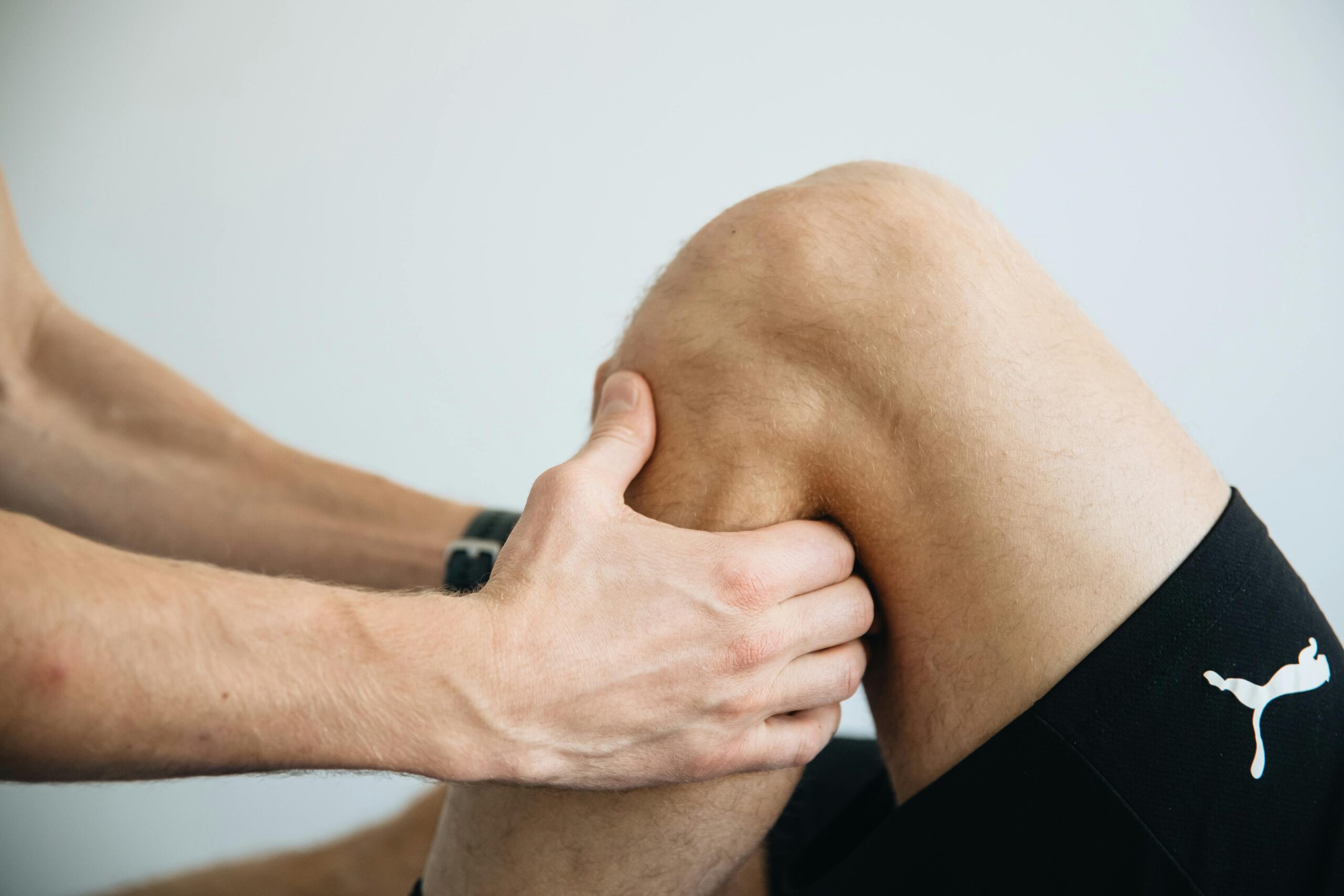Tendons and ligaments are essential soft tissue structures that provide stability, movement and force transmission across joints. Unfortunately, they are also prone to injury due to overuse, sudden trauma or age-related degeneration. Because these tissues have limited blood supply, healing can be slow and incomplete—often leading to persistent pain and restricted mobility. In recent years, platelet-rich plasma (PRP) therapy has emerged as a promising option for supporting soft tissue repair in orthopaedic care.
This article explores how PRP for tendons and ligaments works, which conditions it may help, and what to expect during recovery.
Understanding Tendon and Ligament Injuries
Tendons connect muscle to bone and transmit the force needed for movement. Ligaments connect bone to bone and help stabilise joints. Both structures are composed primarily of collagen and are vulnerable to microscopic damage from repetitive stress or acute tears. Common injuries include:
- Tendinopathy: Chronic irritation or degeneration of a tendon, often seen in the Achilles tendon, patellar tendon, or tennis elbow.
- Ligament tears: Partial or complete ruptures, such as in the anterior cruciate ligament (ACL) or ankle ligaments.
- Enthesopathy: Inflammation at the site where tendons or ligaments attach to bone.
Standard management may involve rest, physiotherapy, bracing, or surgery in severe cases. PRP therapy is increasingly being explored as a middle ground—offering a minimally invasive option that may stimulate tissue repair and support recovery.
What Is PRP Therapy?
PRP therapy involves drawing a small amount of your blood, processing it in a centrifuge to concentrate the platelets, and re-injecting the platelet-rich plasma directly into the injured tendon or ligament under ultrasound guidance. Platelets are rich in growth factors that help initiate and regulate tissue repair. PRP delivers these biologically active substances precisely where they are needed.
The process is typically done in an outpatient setting and takes less than an hour. It is part of a broader field known as regenerative medicine in Australia, which aims to promote natural healing using the body’s own resources.
How Does PRP Support Soft Tissue Healing?
PRP for tendons and ligaments works by:
- Stimulating fibroblasts to produce new collagen, strengthening the tissue matrix
- Encouraging angiogenesis (new blood vessel growth) to improve local circulation
- Regulating inflammation that may be contributing to chronic pain
- Recruiting cells involved in tissue remodelling and repair
This biological environment may help reduce symptoms, support structural healing, and enable a gradual return to physical activity. However, response to treatment can vary between individuals and conditions.
Which Conditions May Benefit from PRP?
Several orthopaedic conditions affecting soft tissues are being studied for PRP therapy, including:
- PRP for Achilles tendinopathy
- PRP for tennis elbow (lateral epicondylitis)
- PRP for rotator cuff injury
- PRP for patellar tendinopathy (jumper’s knee)
- PRP for plantar fasciitis
- PRP for ligament tear in the knee, ankle or shoulder
- PRP for chronic hamstring or groin strain
While these applications show promise, PRP is not a guaranteed fix. It is often most effective when used as part of a structured rehabilitation program involving physiotherapy, load management and progressive strengthening.
What to Expect After PRP Treatment
After the injection, patients may experience mild discomfort or a temporary increase in soreness. This is often a sign that the healing cascade has been activated. Most patients can resume light daily activities within 24 to 48 hours, though high-impact activity should be avoided for a period recommended by the doctor.
The typical PRP recovery process includes:
- 1–3 days of rest with gradual reintroduction of movement
- A return-to-activity plan supported by physiotherapy
- Regular follow-ups to assess progress
Healing time varies depending on the injury’s severity and individual response to treatment.




